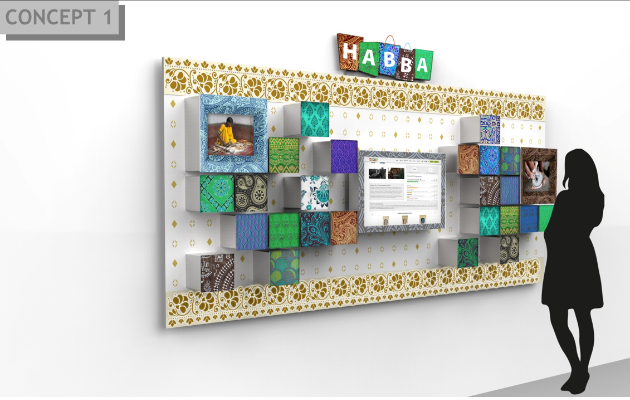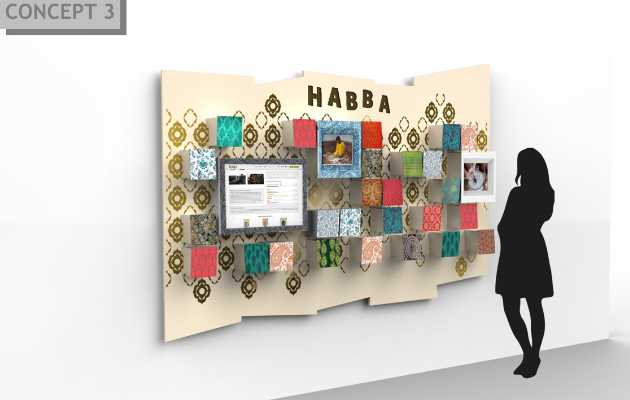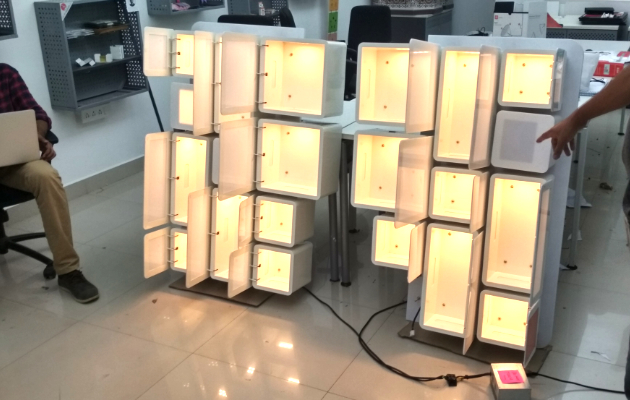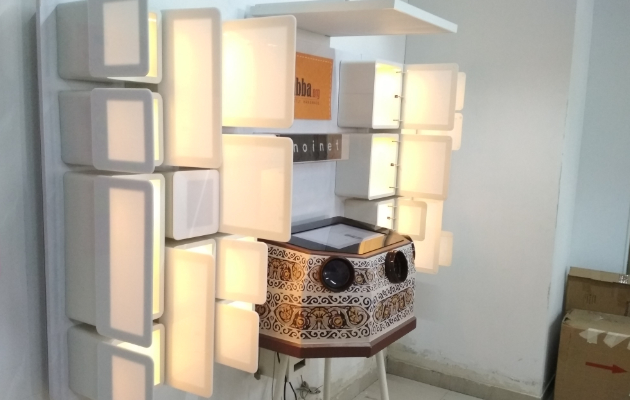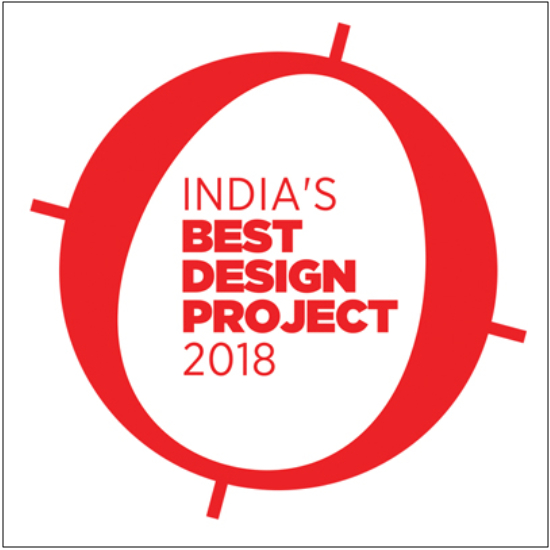
Retail Experience Design
This retail experience design exercise was a combination of visual merchandise design, brand identity design and user experience design. It brought together modern technology and nostalgic experience to provide customer delight during their short interaction at the retail experience centre.
The project was done for an NGO, who promotes artisans across the country by retailing their art and craft products right into the urban hangout. Targeting corporate cafeterias, the objective of this retail experience design was to convert the free time of corporate staff into delightful buying experience.
State of the art technology was deployed in the form of sensors [proximity sensors], shower speakers, integrated tablets that ran e-coomerce shopping portals, all aimed at enabling content sharing and social connecting. All this technology was delivered through a digital Bioscope which connected with the nostalgia of the customer.
Below, is series of slides which showcase the design process.
Team started with design research and incubation around the subject.
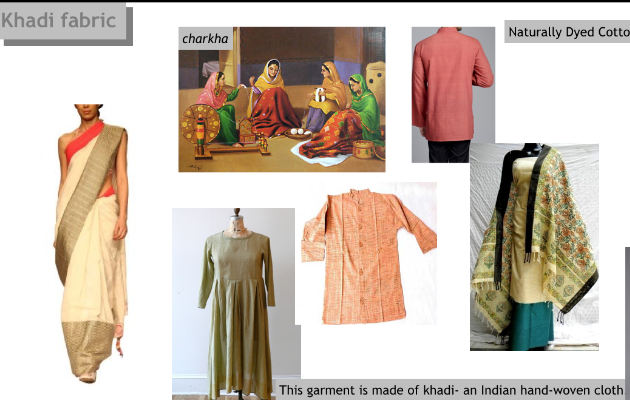
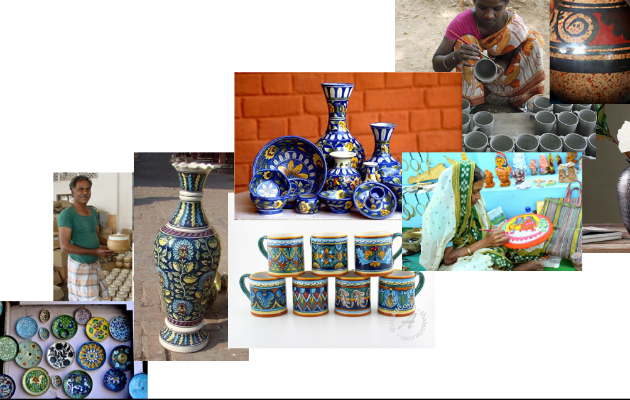
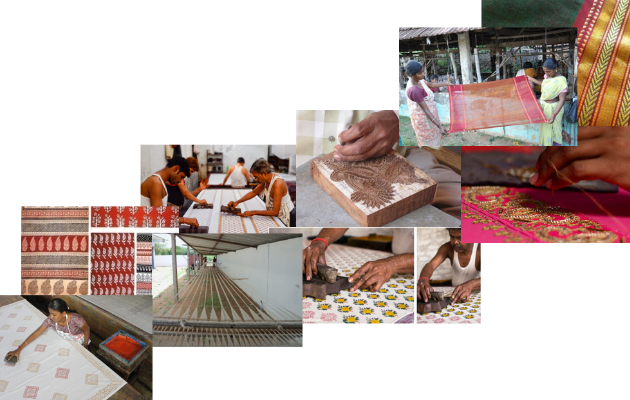
Below concepts designs were presented to the customer.
The client suggested a combination of ideas derived from the above concepts which resulted in the final design.
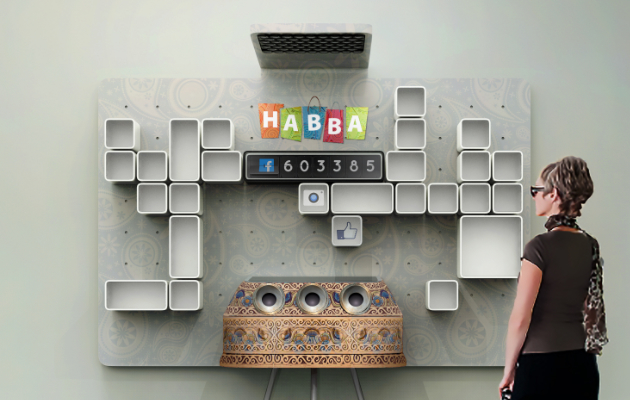
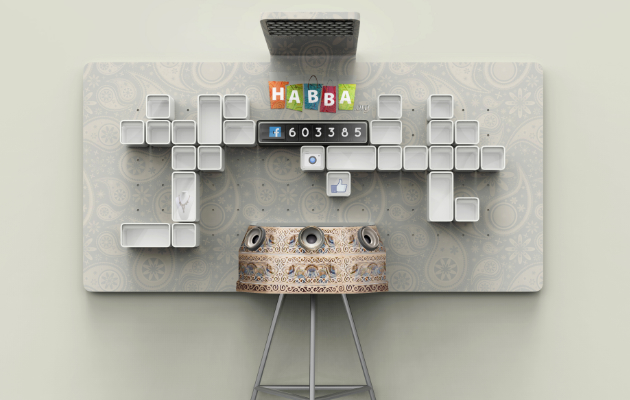
 Though the final design covered all the aspects the client was looking for, it lack the ethnic connect. So the team set out for one more round of refinement.
Though the final design covered all the aspects the client was looking for, it lack the ethnic connect. So the team set out for one more round of refinement.


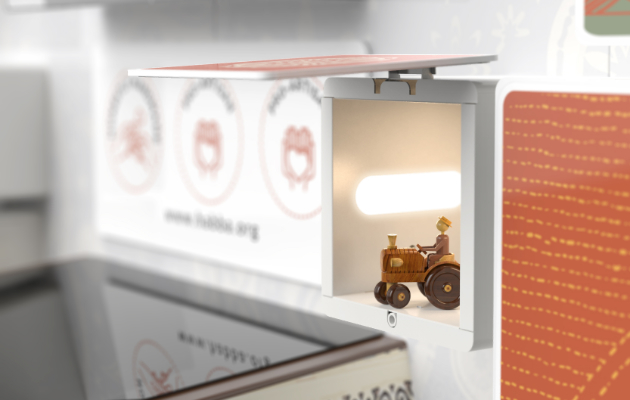

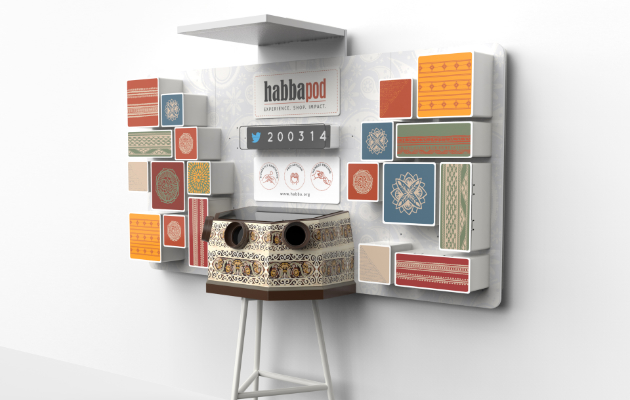 This revision of the retail experience design fulfilled all aspirations. The team now gathered to build prototypes for functional validation. At this point of time, the customer came up with this idea of deploying the Bioscope in rural setup to deliver certain literacy related to the NGO activity.
This revision of the retail experience design fulfilled all aspirations. The team now gathered to build prototypes for functional validation. At this point of time, the customer came up with this idea of deploying the Bioscope in rural setup to deliver certain literacy related to the NGO activity.
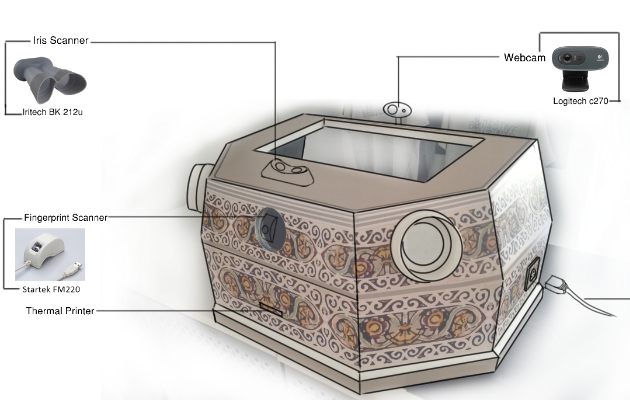 Our hardware team came in to understand the system requirements for the Bioscope, which was the main unit which delivered the digital content.
Our hardware team came in to understand the system requirements for the Bioscope, which was the main unit which delivered the digital content.  The Bioscope was wirelessly connected to the sample display boxes which would be in turn controlled through the UI which ran on the tablet.
The Bioscope was wirelessly connected to the sample display boxes which would be in turn controlled through the UI which ran on the tablet.

 [above] Electronic block diagram of the system back bone and wireless module.
[above] Electronic block diagram of the system back bone and wireless module.
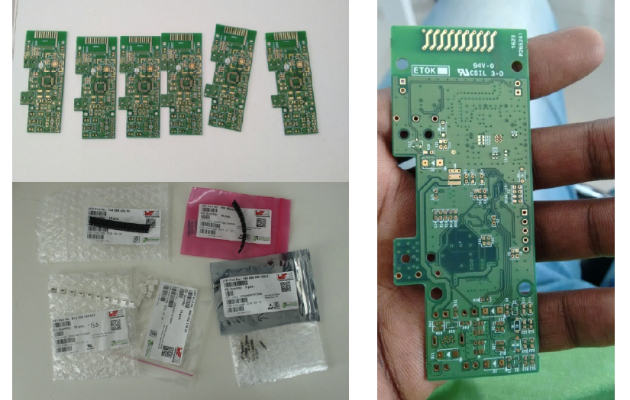 Electronic modules were developed soon after.
Electronic modules were developed soon after.
 Mechanical skeletal structure over which the Bioscope was built.
Mechanical skeletal structure over which the Bioscope was built.

 Mark 1 mechanical modules were build using Dupont Corian material. This proved to be a very expensive proposition. The team was challenged to build cost-effective alternatives.
Mark 1 mechanical modules were build using Dupont Corian material. This proved to be a very expensive proposition. The team was challenged to build cost-effective alternatives.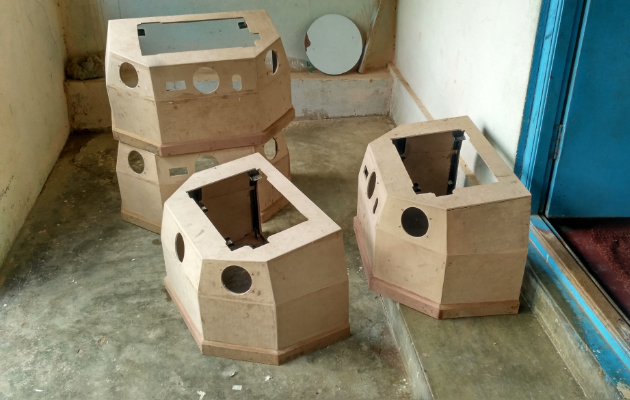 Later, the Bioscopes were build using cost effective methods. MDF was cladded on sheet metal structure. This improved consistency and repeatability.
Later, the Bioscopes were build using cost effective methods. MDF was cladded on sheet metal structure. This improved consistency and repeatability.
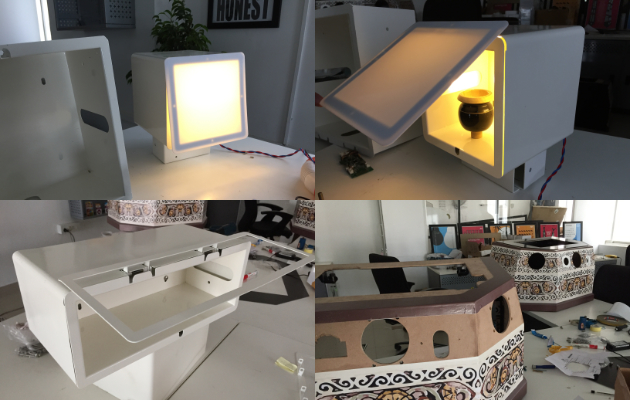 The sample boxes were made ready and tested.
The sample boxes were made ready and tested.
 Meanwhile the Bioscope was ready and was planned to be tested. This time, instead of the corporates cafeterias, the client decided to deploy it in rural setting for the benefit of the artisans.
Meanwhile the Bioscope was ready and was planned to be tested. This time, instead of the corporates cafeterias, the client decided to deploy it in rural setting for the benefit of the artisans.
 Design team with the new digital Bioscope, ready to be deployed.
Design team with the new digital Bioscope, ready to be deployed.

The artisans were overjoyed. The children had fun wit it and the news spread like wildfire. We enjoyed the journey so far.
Meanwhile, the design for the corporate cafeterias got into shape with building electronic hardware and the team this time was preparing to deploy a pilot installation.

Installation at on of the reputed software firms in Bangalore.

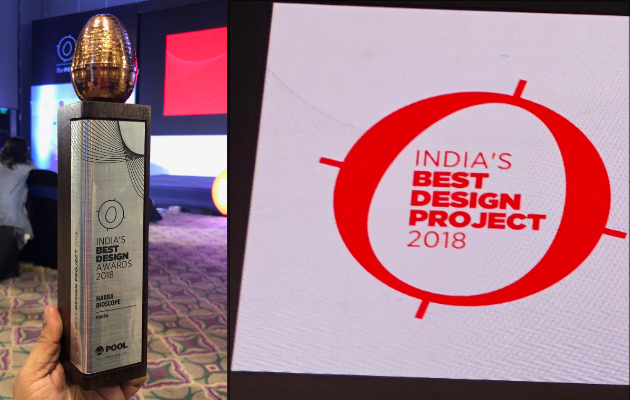

Teqzo Consulting Design Director – Shanavas M S (Centre) with the client team
End of document

